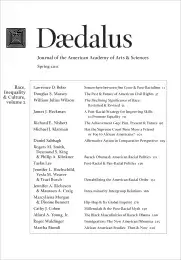Affirmative Action: The U.S. Experience in Comparative Perspective
Broadly defined, affirmative action encompasses any measure that allocates resources–such as admission to selective universities or professional schools, jobs, promotions, public contracts, business loans, or rights to buy, sell, or use land– through a process that takes into account individual membership in underrepresented groups. Its purpose is to increase the proportion of individuals from those groups in the labor force, entrepreneurial class, or student population from which they have been excluded as a result of state-sanctioned oppression in the past or societal discrimination in the present. According to legal scholar Sean Pager, “Unlike traditional welfare policies grounded in distributional equity, affirmative action takes its moral force from a corrective justice ideal.”1 It allocates scarce resources so as to remedy a specific type of disadvantage, one that arises from the illegitimate use of a morally irrelevant characteristic. Such measures may result from constitutional mandates, statutes, administrative regulations, court orders, or voluntary initiatives. They extend further than anti-discrimination policy strictly conceived, insofar as individuals are not required to provide evidence of discrimination to benefit from affirmative action. Their goal is to counter deeply entrenched social practices that reproduce group-structured inequality (even in the absence of intentional discrimination) by creating positive externalities beyond individual recipients.See Paul Brest and Miranda Oshige, “Affirmative Action for Whom?” Stanford Law Review 47 (1995): 855–900. The authors describe benefits of affirmative action in eliminating stereotypes and creating minority role models. Such measures benefit groups “with . . .
